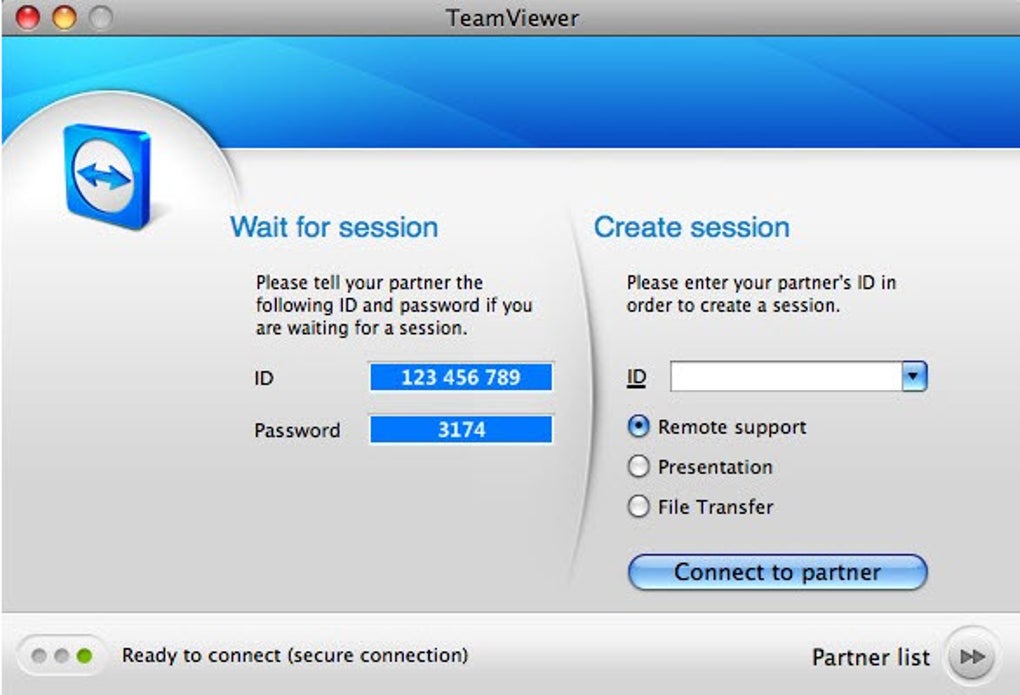
I created a user simp_le with a home path /etc/simp_le (looking back it This method isĬhosen because it is easy to automate without requiring root privileges or specific knowledge of the actual web server Let’s Encrypt servers to see if they can find the files using the requested domain and the same path. Implements the webroot domain validation method, where it puts certain files into a given path, and then tells the

Know how to set up the correct permissions and paths, and as such does not need root privileges to run. UNIX philosophy: do one thing and do it well. Simp_le, which is a simple client that follows the Luckily there’s many alternative clients for Let’s Encrypt, something that they also encourage. Helpful for beginners and has plugins to use for the most common setups, but is not as nice for custom setups and users Unfortunately the official Let’s EncryptĬlient requires root privileges and is quite a complex piece of software, making it difficult to automate. That’s why I wanted to automate my certificate renewal process. I’m not good at remembering things months down the line, especially if I have to deal with multiple different To the users by offering a good client – and by only giving out certificates with a maximum of a 3 month validity. Let’s Encrypt is all about automating the certificate request and renewal process, and they encourage this

The part that I’m focusing on in this post isĪutomated. Let’s Encrypt is the new free, automated and open certificate authority, that Automating Let's Encrypt with simp_le – Random Notes Random Notes


 0 kommentar(er)
0 kommentar(er)
